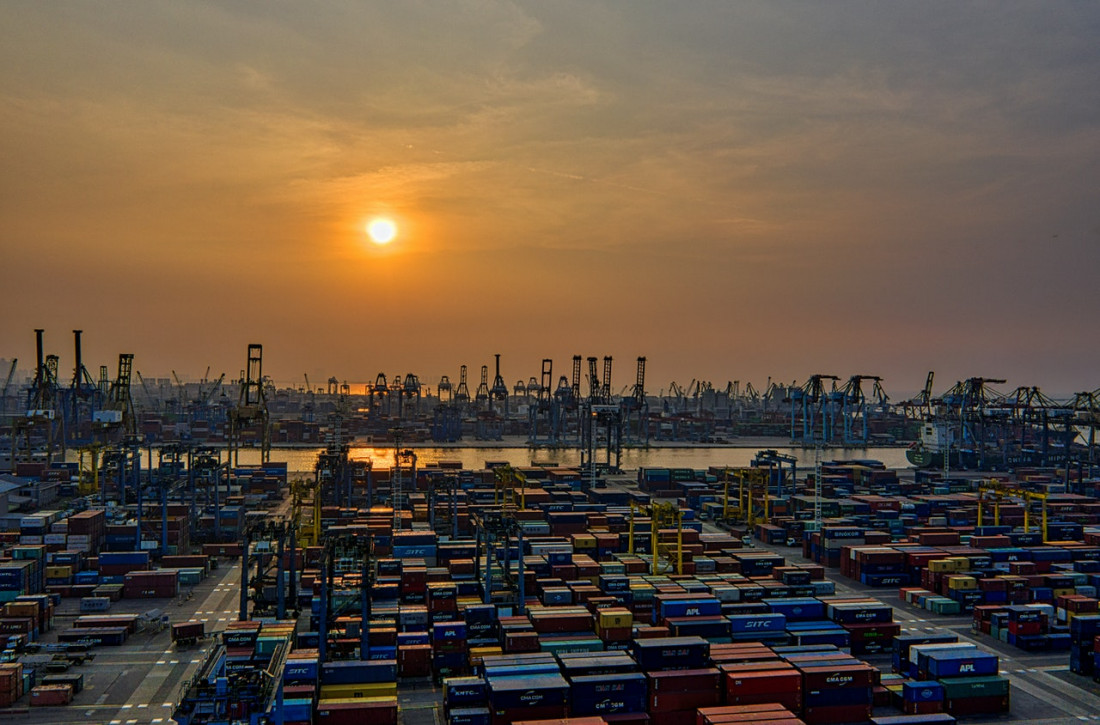India is changing and changing fast. It is becoming a vibrant, modern economy. According to a recent PricewaterhouseCoopers report, “During the next four decades, Indian GDP is expected to grow at an annualised average of 8%, making it potentially the world’s fastest-growing major economy until 2050.” The report continues to amaze, by stating that, “India’s GDP at purchasing power parity could overtake that of the United States by 2045.”
Our grandchildren will not grow up with the same opinion of India as we did.
Instead they may see an India that has regional dominance; an India that produces much of the world’s products and an India that is a global player in chemical production and trade. In fact, it may even be our children who grow up in this world, as according to a Frost & Sullivan report, the “Indian chemicals industry is likely to grown at a rate of 11-12% in the next two to three years, while the specialty chemicals segment is also expected to show considerable growth.”
This is an opinion supported by Manish Panchal, Practice Head – Chemicals, Energy & Supply Chain Management at Tata, who states that, “India’s speciality chemicals sector has demonstrated good growth in past years and is expected to continue to grow significantly in the coming years. With the current market growth rate, by 2020, India will double its share in global markets. This will position India as one of the key players in the global specialty chemicals industry.”
Other experts are equally optimistic for Indian chemicals’ future. For example Ramkrishna Kashelkar, of the Economic Times of India believes that, “The speciality chemicals market in India was valued at about $23 billion in 2012 and is expected to grow at 9-12% per year between 2015 and 2020. This projected growth is significantly higher than those of the global and Indian total chemical industries, at about 3% per year and 8% per year respectively. The key drivers will be a revival in the Indian economy, increasing demand for higher quality products across various end user industries and possible inflection points in several segments in the near future.“

